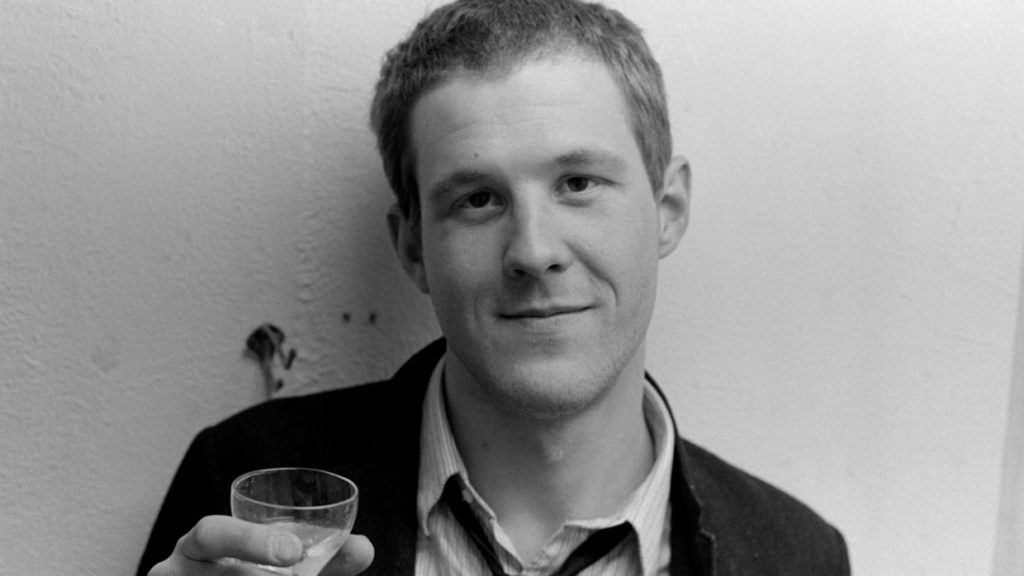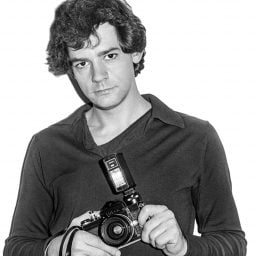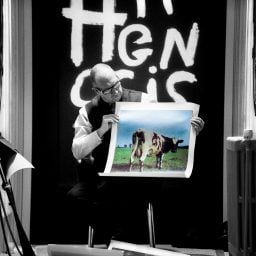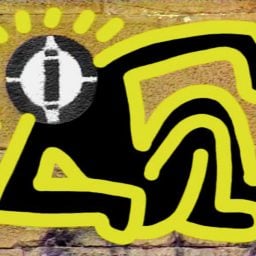The downtown ‘80s art scene in New York launched the careers of artists like Jean-Michel Basquiat and Keith Haring to fame and fortune. But for every well-known success story, how many more would-be art stars became mere footnotes in the annals of art history, if remembered at all?
Neo-Expressionist painter Edward Brezinski was one of those forgotten figures, until director Brian Vincent and producer Heather Spore (a husband-and-wife duo) chose him as the subject of the new documentary Make Me Famous, the couple’s first feature film.
The movie pairs archival footage—both of Brezinski, courtesy of videographer Jim C, and of more famous figures, including Basquiat, Haring, and Andy Warhol—with interviews with artists and dealers who knew Brezinski back when he lived in a decrepit sixth-floor walk-up on East 3rd Street, across from a men’s shelter.
Handsome and omnipresent in the tightly knit downtown art community, Brezinski was shamelessly self-promotional in his ultimately fruitless quest for art world success. He is perhaps best remembered for passing out flyers for group shows at his apartment, dubbed the Magic Gallery, during other people’s openings.
Vincent and Spore don’t try and paint Brezinski as an unsung genius, although the film is clearly appreciative of his work. Instead, Make Me Famous highlights how a mix of pity, fondness, and exasperation define the memories of those who knew him.
One person described Brezinski as “just a bumbling boob.” Many complained of his excessive drinking. All acknowledged his unfailing dedication to his craft. (He was something of a perfectionist, sometimes wiping away or destroying a portrait before a sitter could even see it.)
“He was such a reject. If he didn’t paint, he’d be in an asylum,” artist David McDermott, Brezinski’s former lover, said.
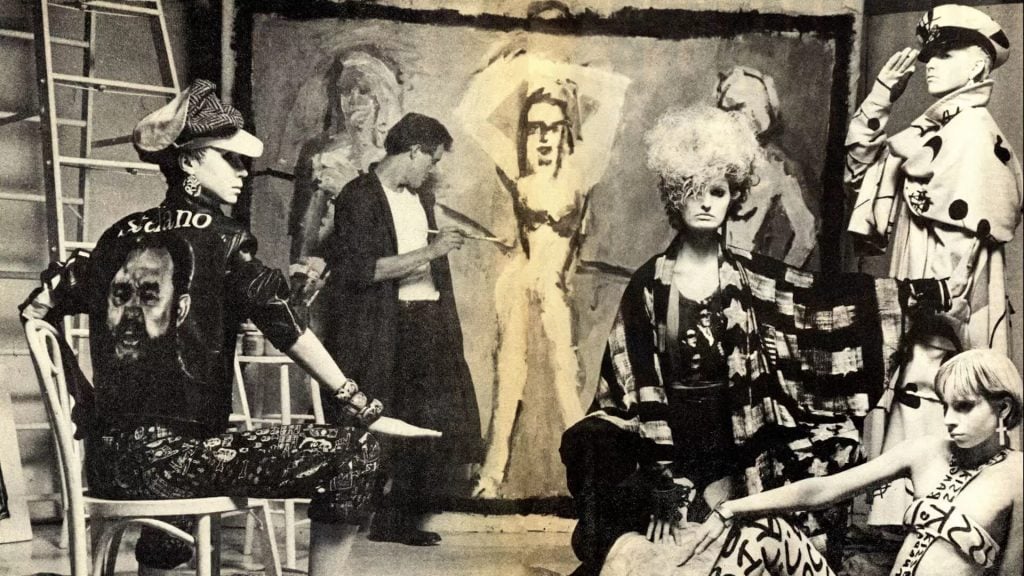
Edward Brezinski painting. Photo ©Jonathan Postal.
Most of the talking heads—who include actor Eric Bogosian and artists such as Kenny Scharf and Mark Kostabi, and the since-deceased Duncan Hannah, Marcus Leatherdale, and Richard Hambleton—can’t quite wrap their heads around the idea that they’re here to talk about Brezinski. (That also goes for his family, tracked down in Michigan.)
Brezinski’s 2007 death was heralded only by a small item in the old Artnet Magazine, written by the publication’s editor-in-chief, artist Walter Robinson (another of the film’s interviewees). Just 99 words long, that short notice becomes pivotal in the film’s narrative. It recounts the few highlights of Brezinski’s career—most notably the time he got sick eating a formaldehyde-treated doughnut that was actually part of a Robert Gober sculpture at a 1989 Paula Cooper opening—and provides the only known details about the circumstances of his death.
The artists Marguerite Van Cook and James Romberger, who gave Brezinski several shows at their Ground Zero Gallery, got the call from France in 2007. Authorities had found Brezinski’s body, with the couple’s phone number in his pocket. Van Cook and Romberger later accompanied the filmmakers to the French Riviera, in search of the artist’s grave and elusive death certificate.
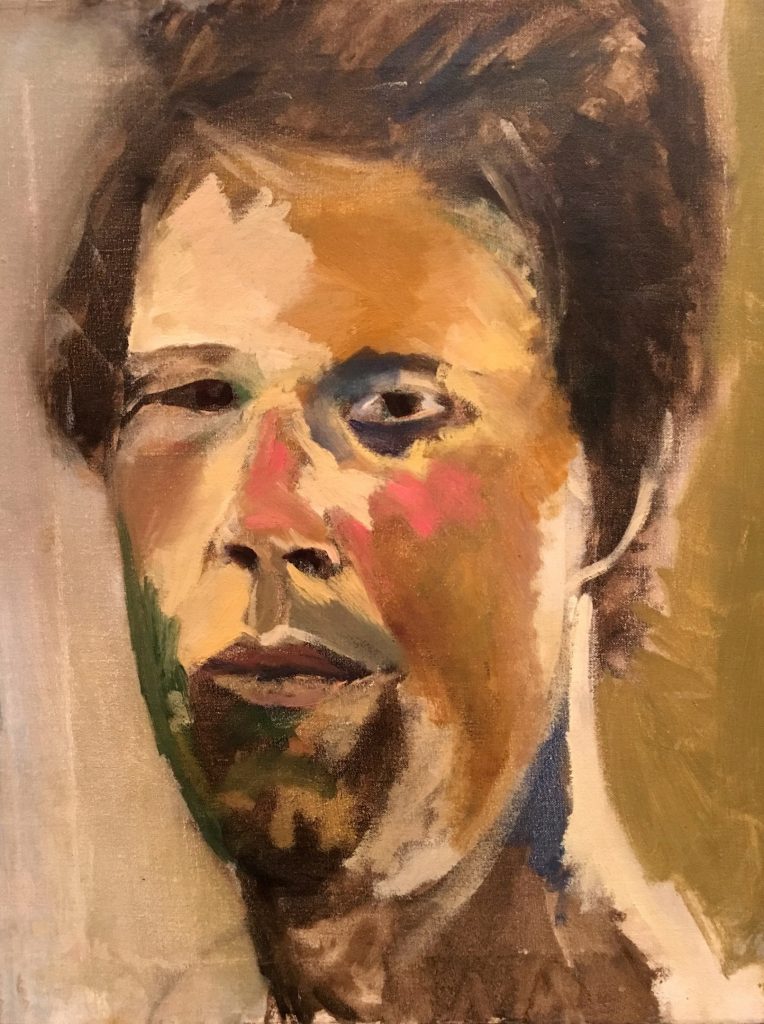
An artwork by Edward Brezinski. ©Edward Brezinski.
There are also increasing suspicions Brezinski may have faked his own death—perhaps in a final bid for the fame that had eluded him.
Watching his peers’ careers take off, their talents recognized and rewarded as his own remained stagnant, was undeniably difficult for Brezinski.
“Everybody kind of started out on the street,” the painter Frank Holliday said in the film. “And then certain people became very successful, and it became very hierarchical.”
Brezinski doesn’t always come off sympathetically. In one particularly memorable segment, dealer Annina Nosei (who discovered Basquiat) recalled Brezinski throwing a glass of wine in her face at a Tony Shafrazi gallery opening after she failed to keep a studio visit appointment.
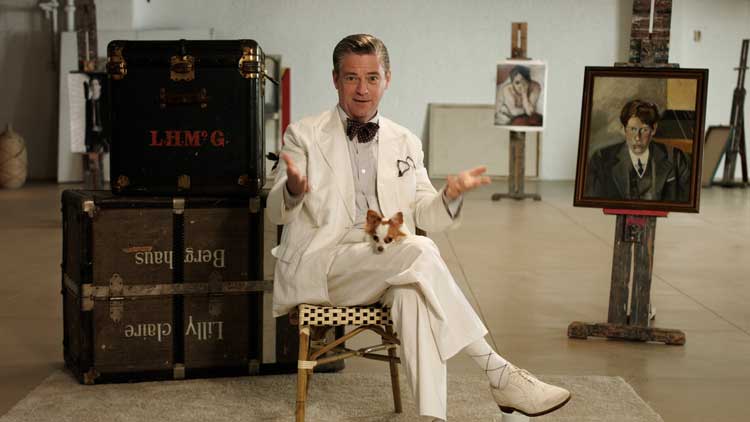
Peter McGough in Make Me Famous.
And when Brezinski ate Gober’s doughnut, he told Page Six that he was drunk and hungry, and mistook the sculpture for real food. But the film’s interviewees told a different story, about a struggling painter disgusted by what he saw as the undeserved success of an artist trying to pass off dessert as an $8,000 work of art. (In March, Bag of Donuts sold at Sotheby’s New York for $127,000.)
Not long after the doughnut incident, Brezinski left New York, moving to Berlin and falling out of touch with his downtown compatriots. By all accounts, he continued to struggle and lived in a squat. McDermott shared a heartrending letter with the filmmakers in which Brezinski asked for money. He regretted his decision not to give. It was their last correspondence.
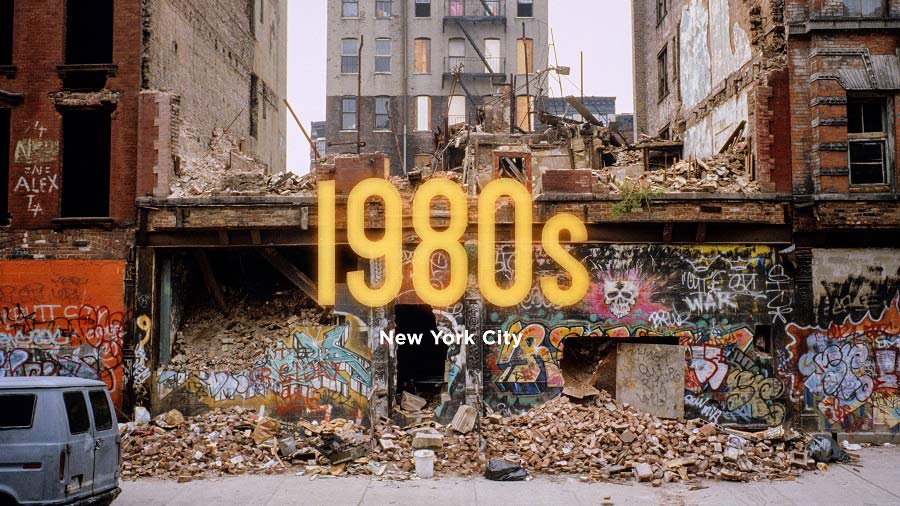
A scene from Make Me Famous.
But while the work of many unknown artists is often destined for the trash, the filmmakers were fortunate that Brezinski had one dedicated collector, a waiter named Lenny Kisko who has safeguarded the artist’s archives and a large body of his work for the last 30-plus years. (When Kisko met Vincent at a catering gig and learned of his interest in the 1980s art world, Kisko insisted on showing the director his collection, which gave Vincent the idea for the film.)
The film takes Brezinski as a lens through which to explore the era, and its transformation from a hotbed for creativity with a bustling nightlife to a thriving commercial market for art. It also questions what factors let some artists break through, while so many others—like Brezinski—continued to toil in obscurity. In a way, the movie could be any of those forgotten artists’ stories.
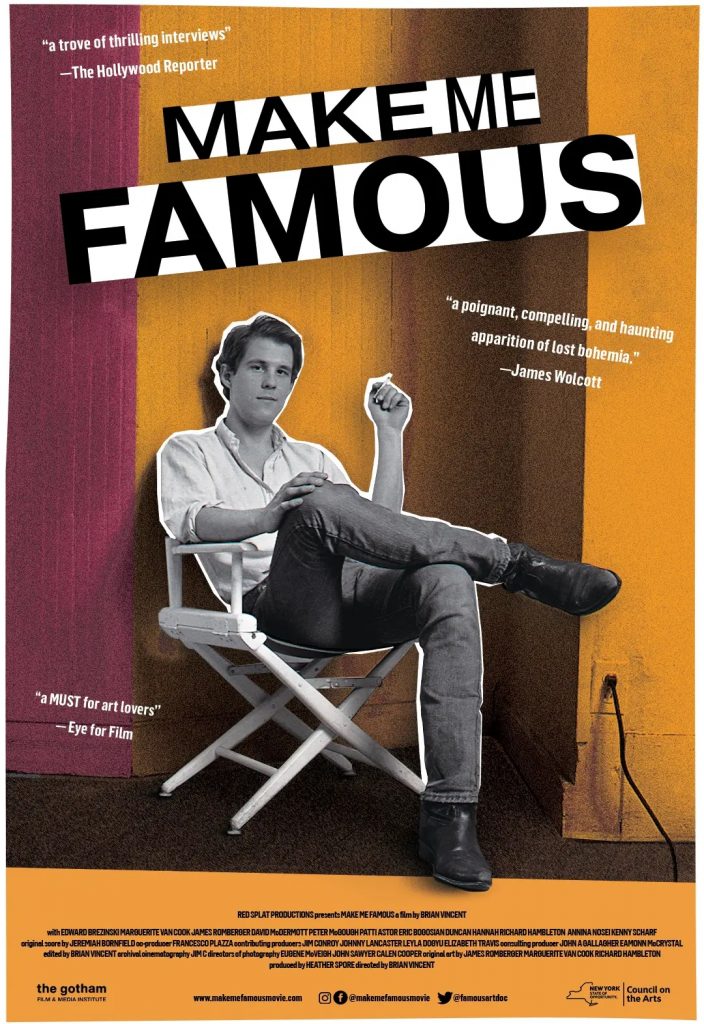
The poster for the documentary Make Me Famous, about forgotten painter Edward Brezinski and the downtown New York 1980s art scene, from director Brian Vincent and producer Heather Spore. Photo ©Marcus Leatherdale.
Whether Make Me Famous will change Brezinski’s legacy remains to be seen, but his role in the ’80s art scene may finally be getting some recognition. In 2017, during filming, two of his works were part of the Club 57 show at the Museum of Modern Art celebrating a popular underground art venue on St. Mark’s Place—a moment Brezinski surely would have appreciated.
Make Me Famous is screening with Q&As with the filmmakers at New Plaza Cinema at Macaulay Honors College, 35 West 67th Street, New York, New York; and at Roxy Cinema, 2 Avenue of the Americas, Tribeca, New York. Additional screenings will be scheduled in select cities starting in September.
